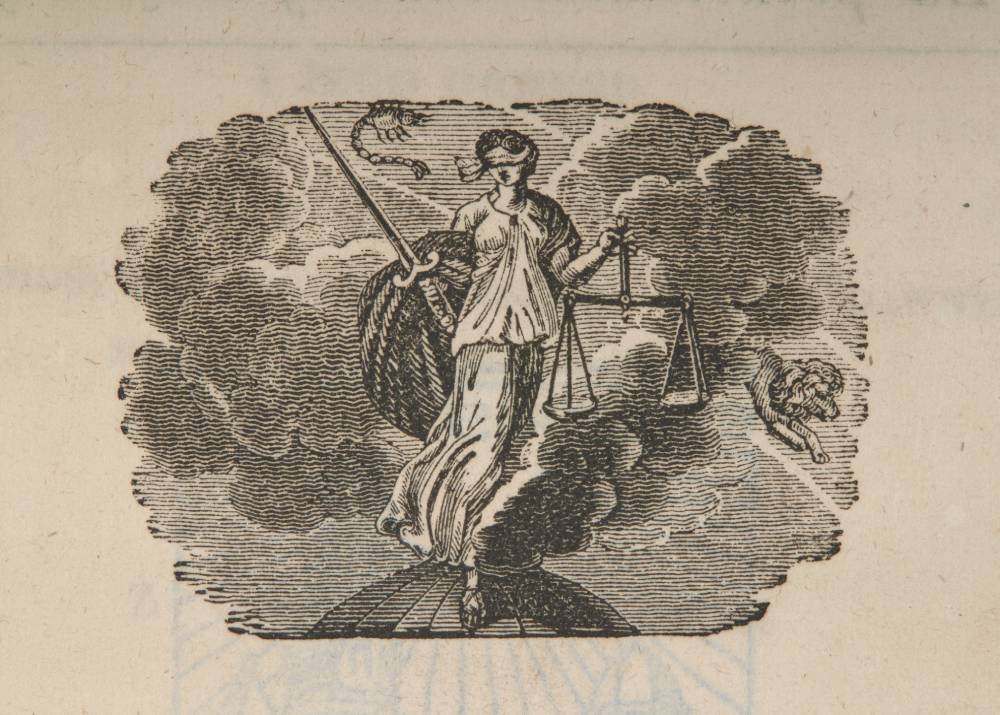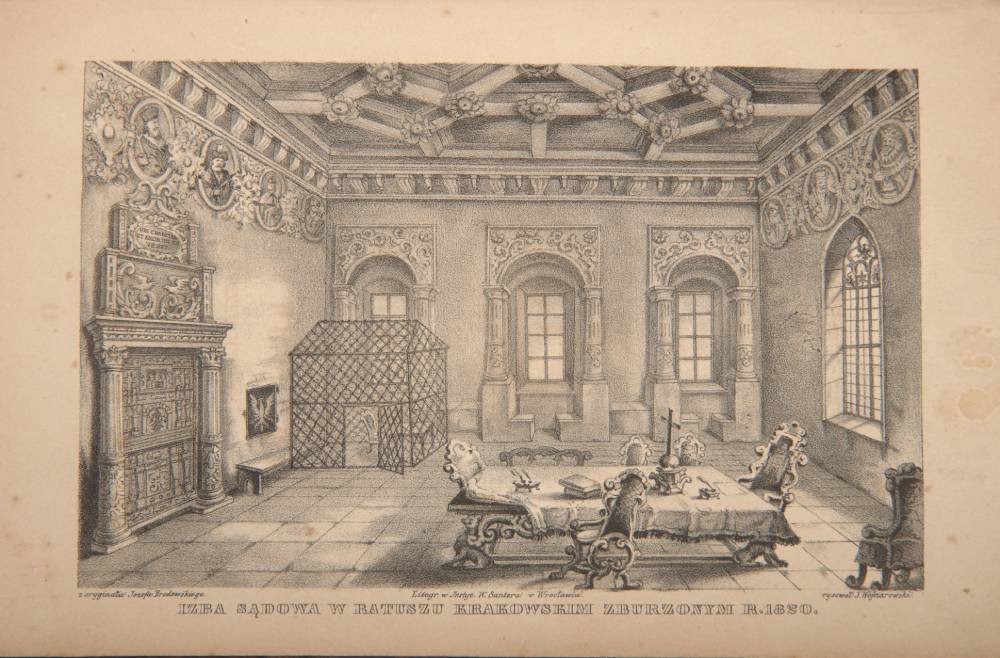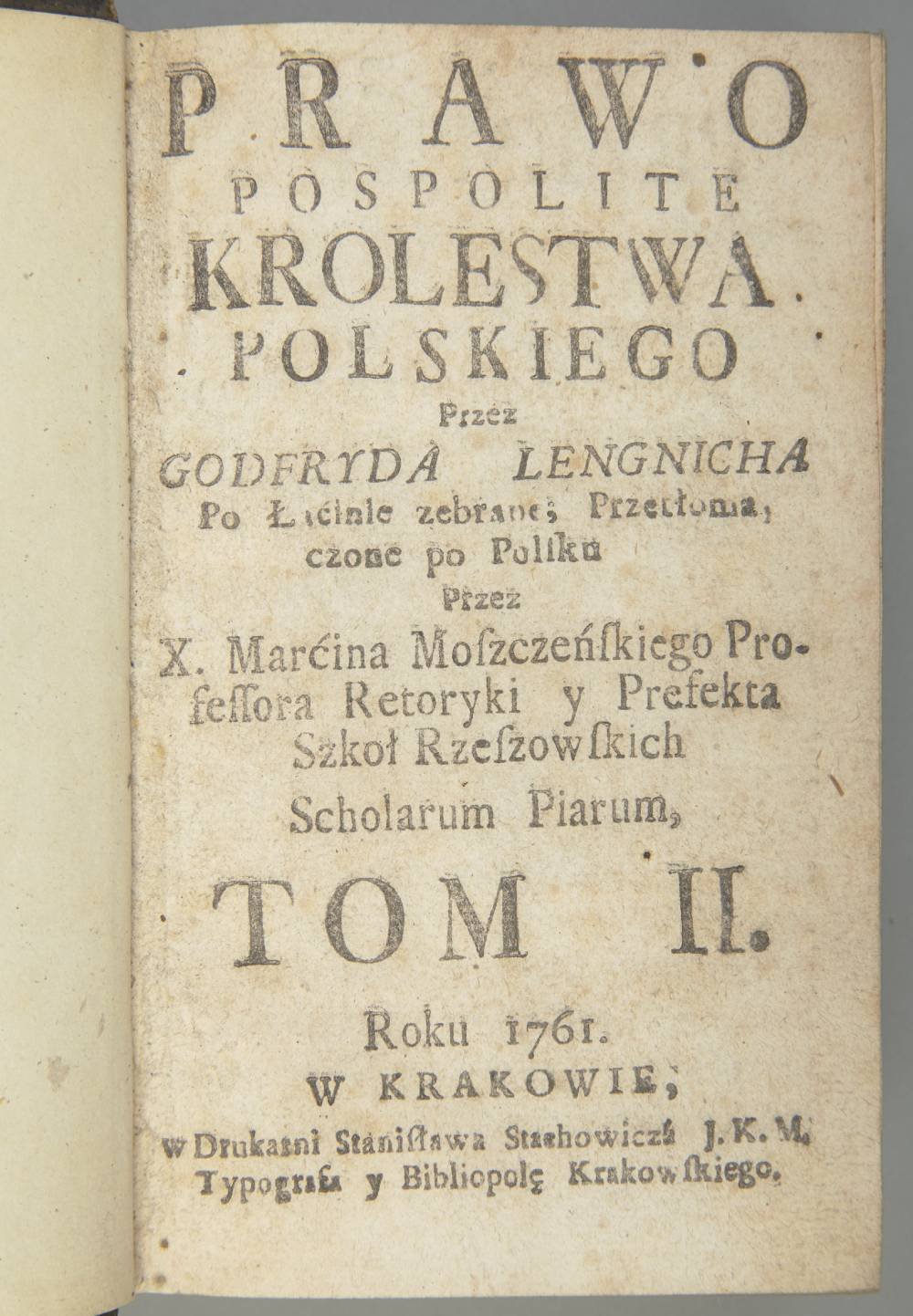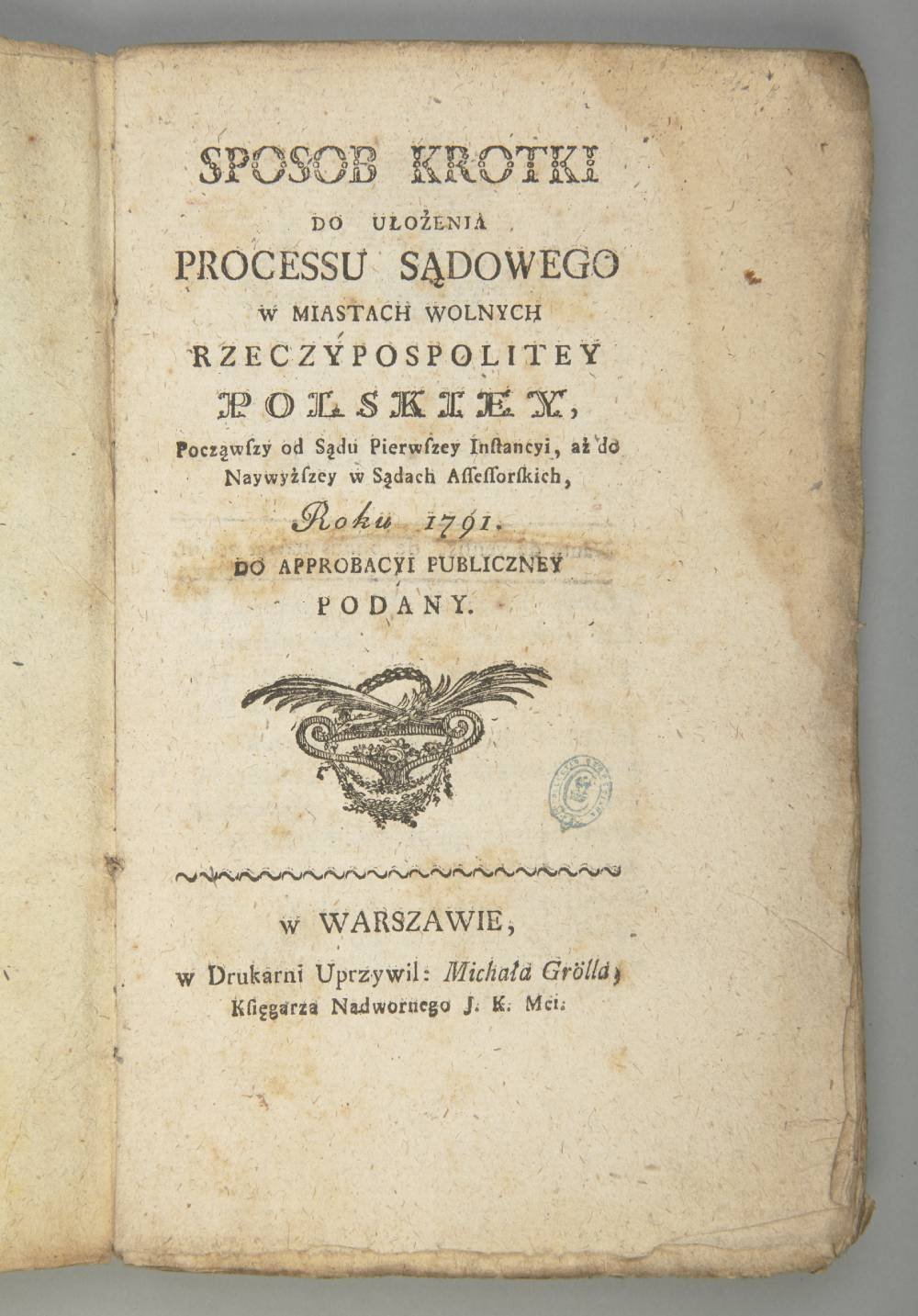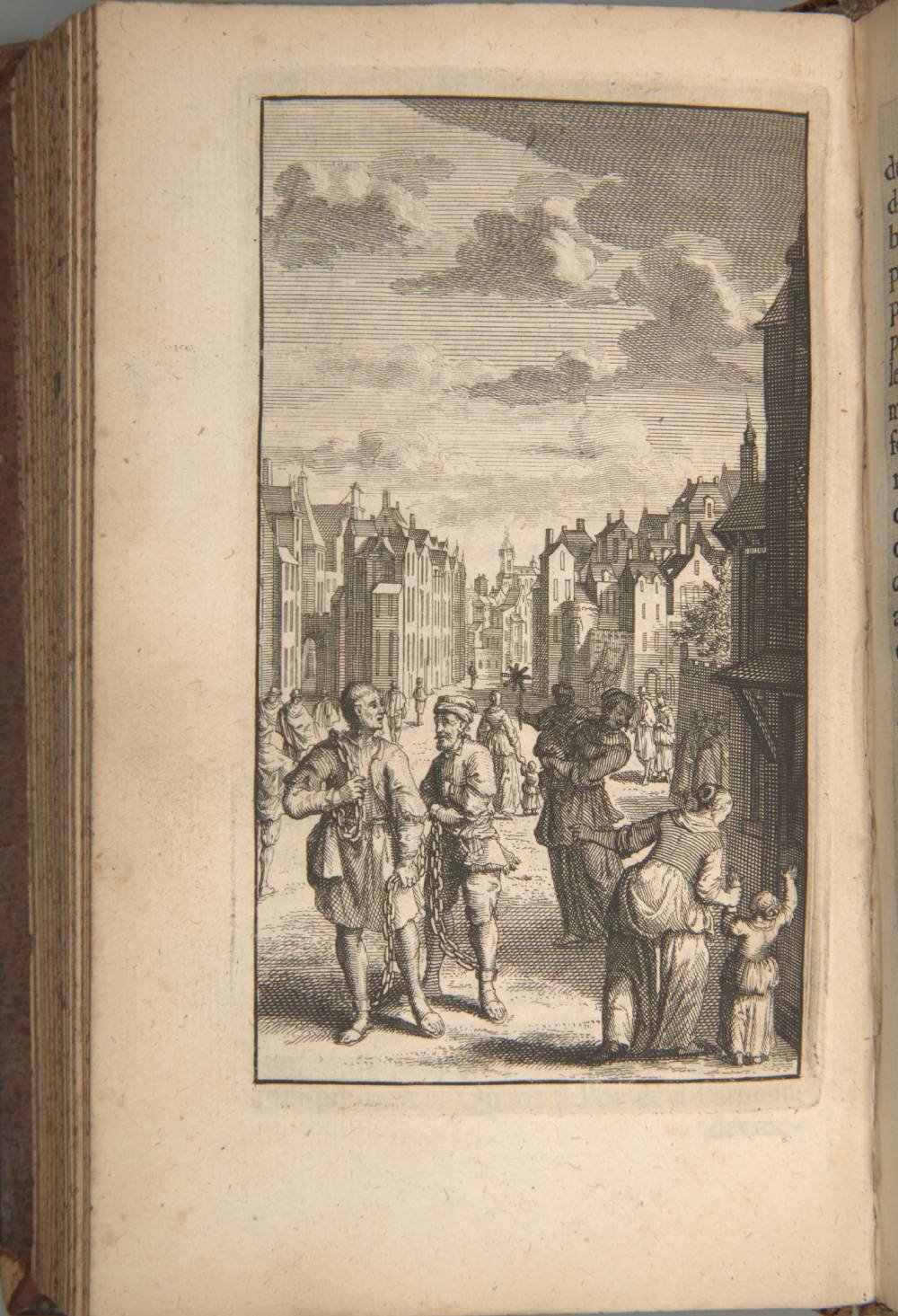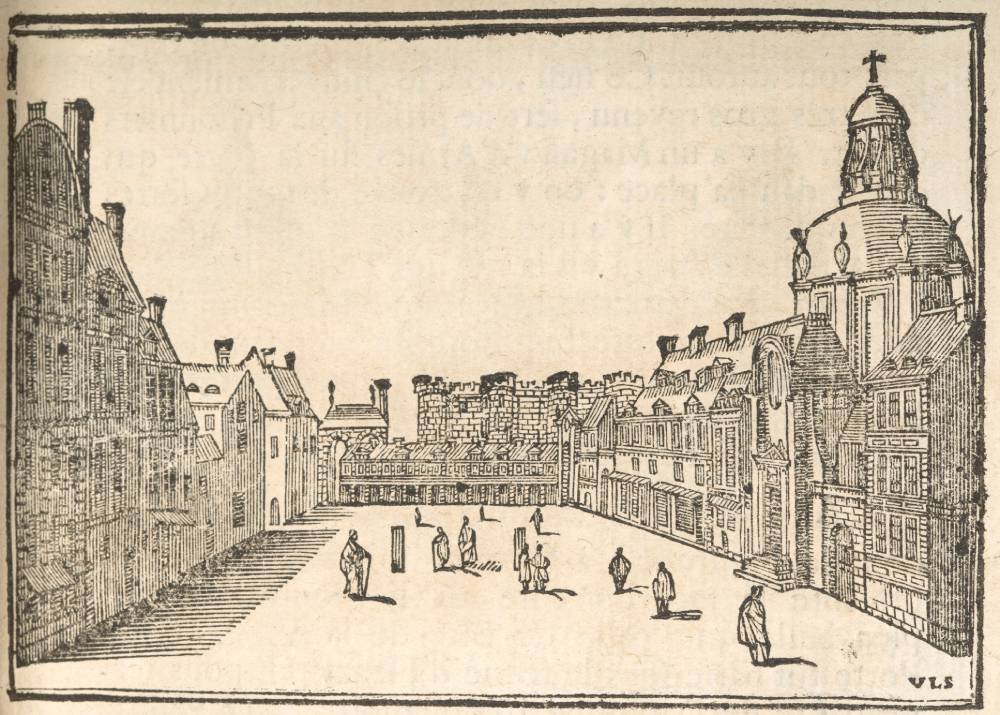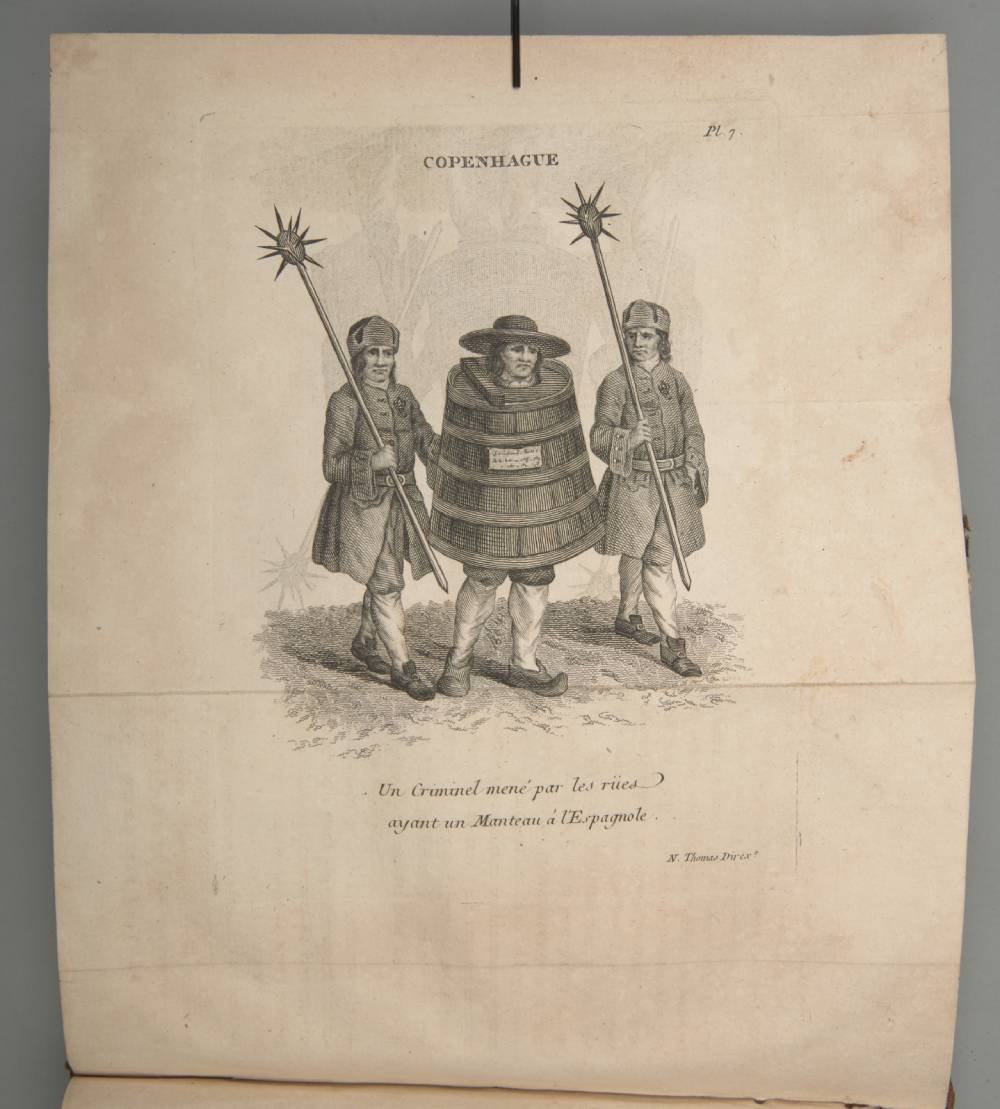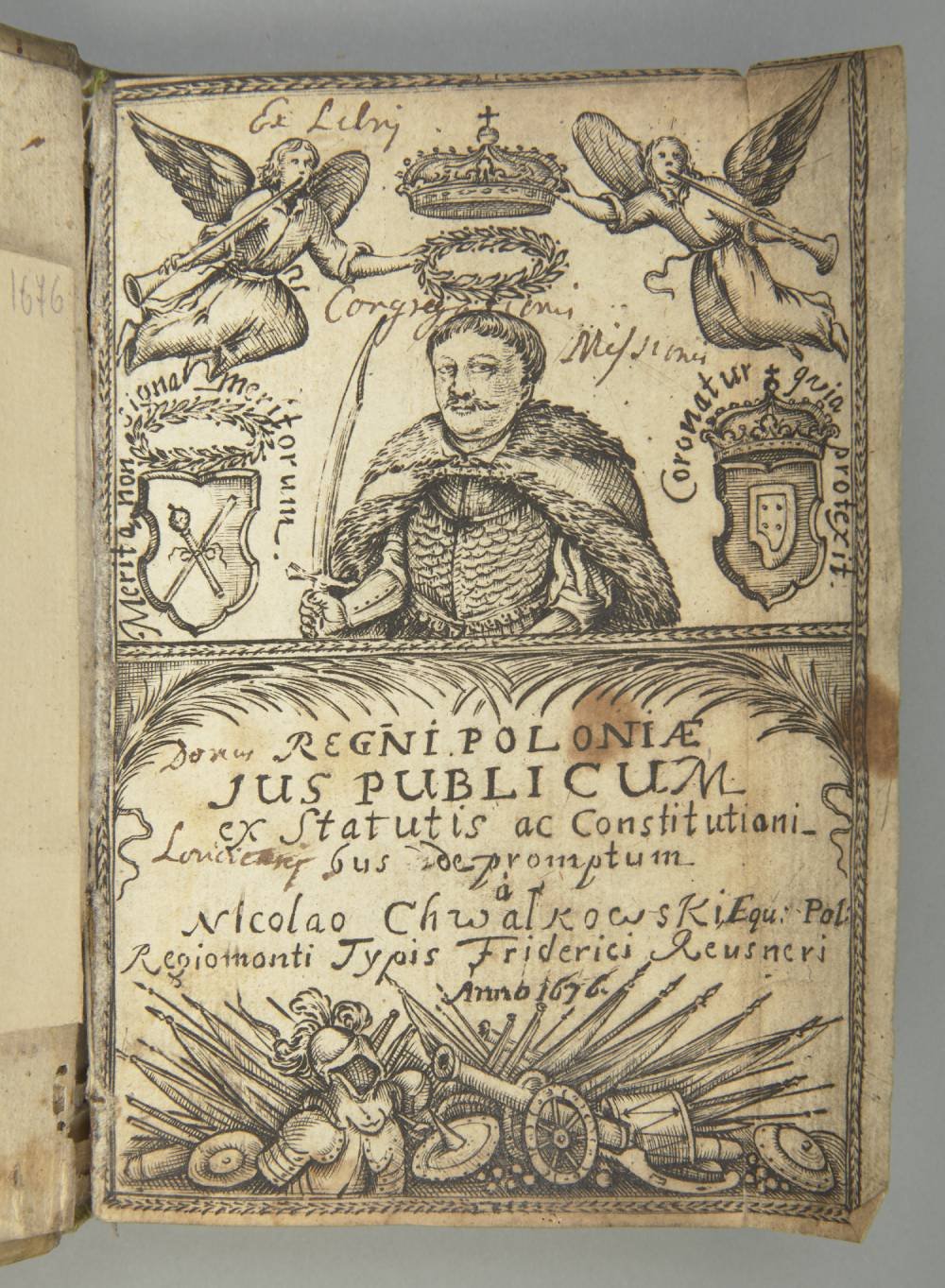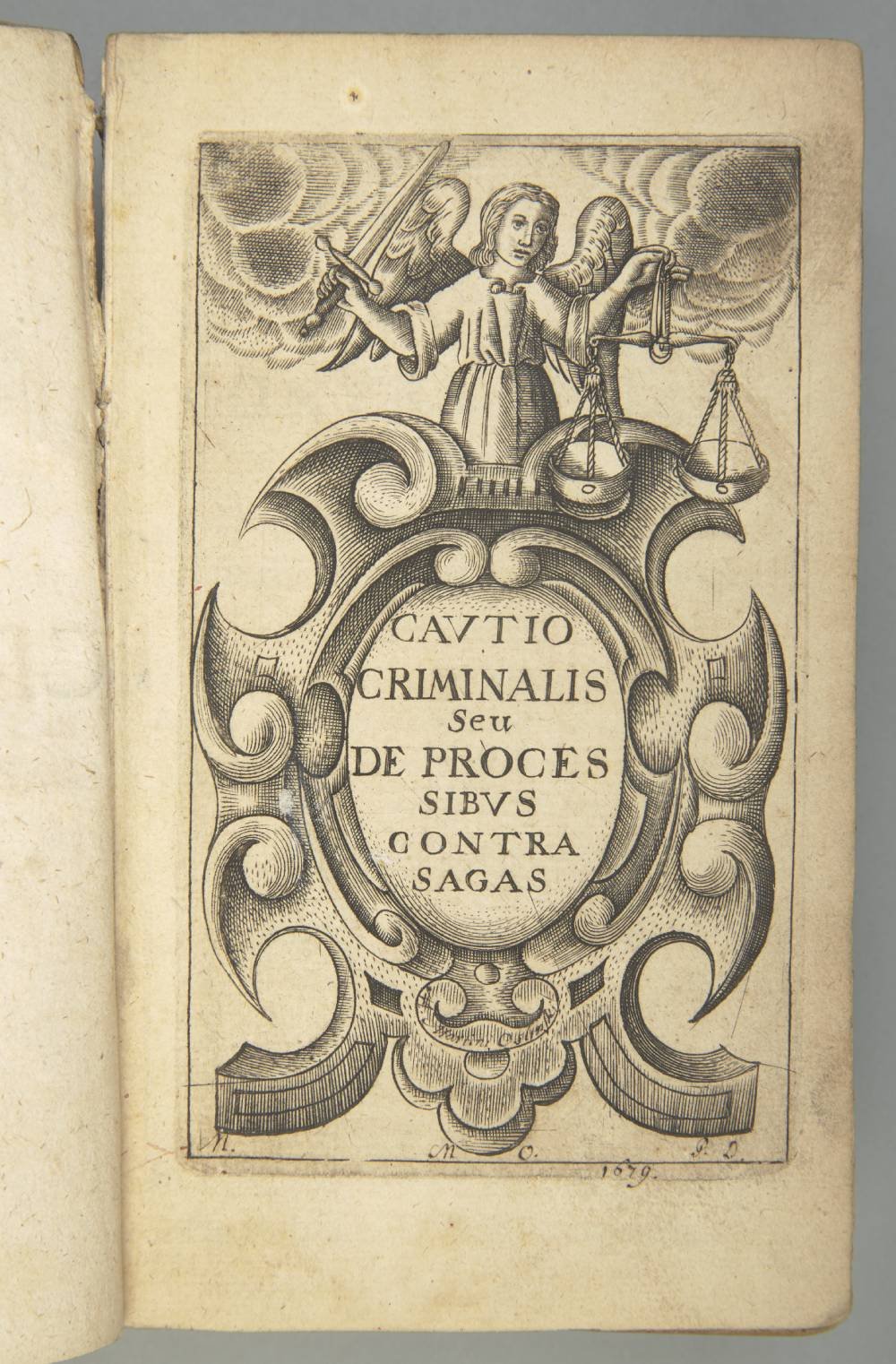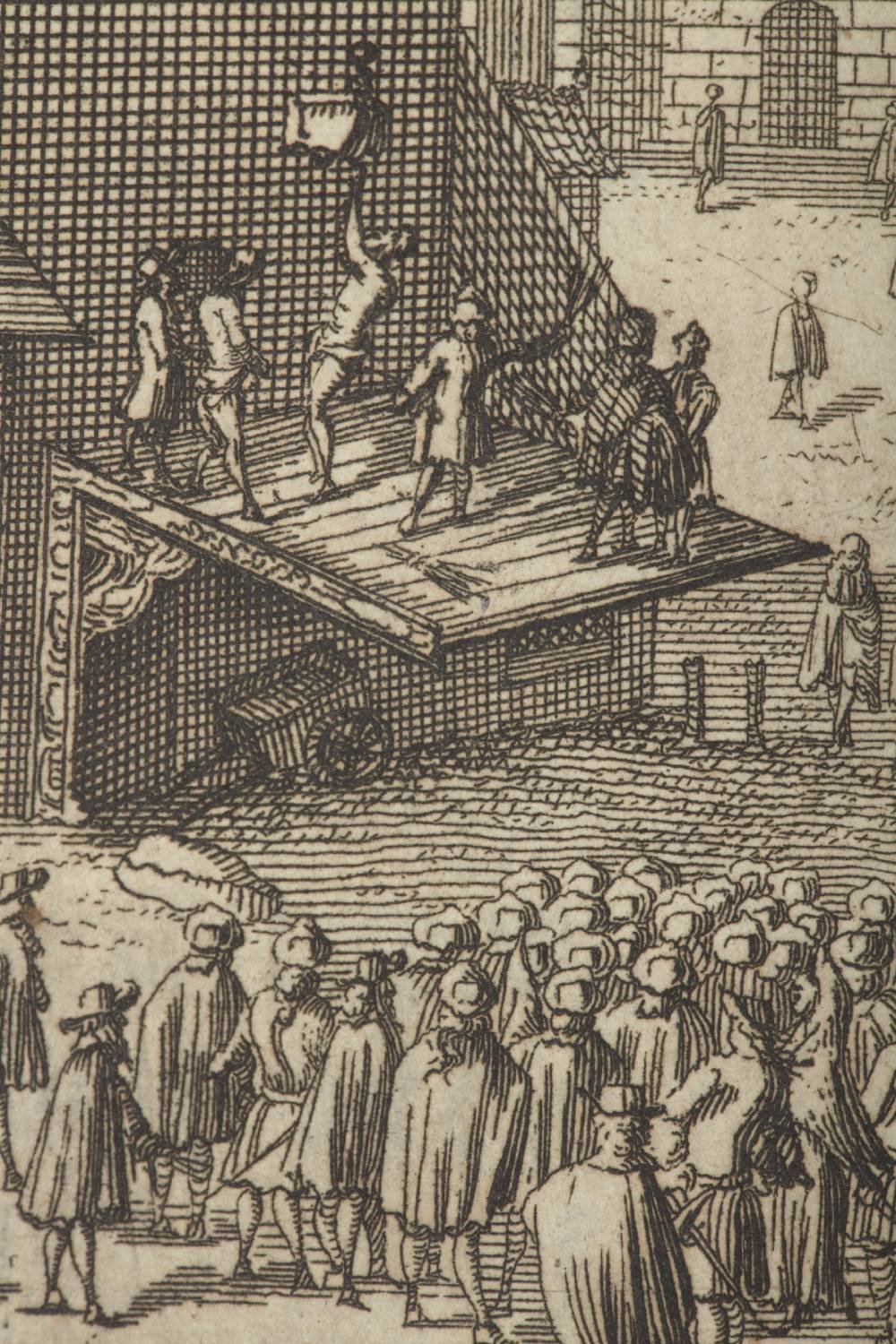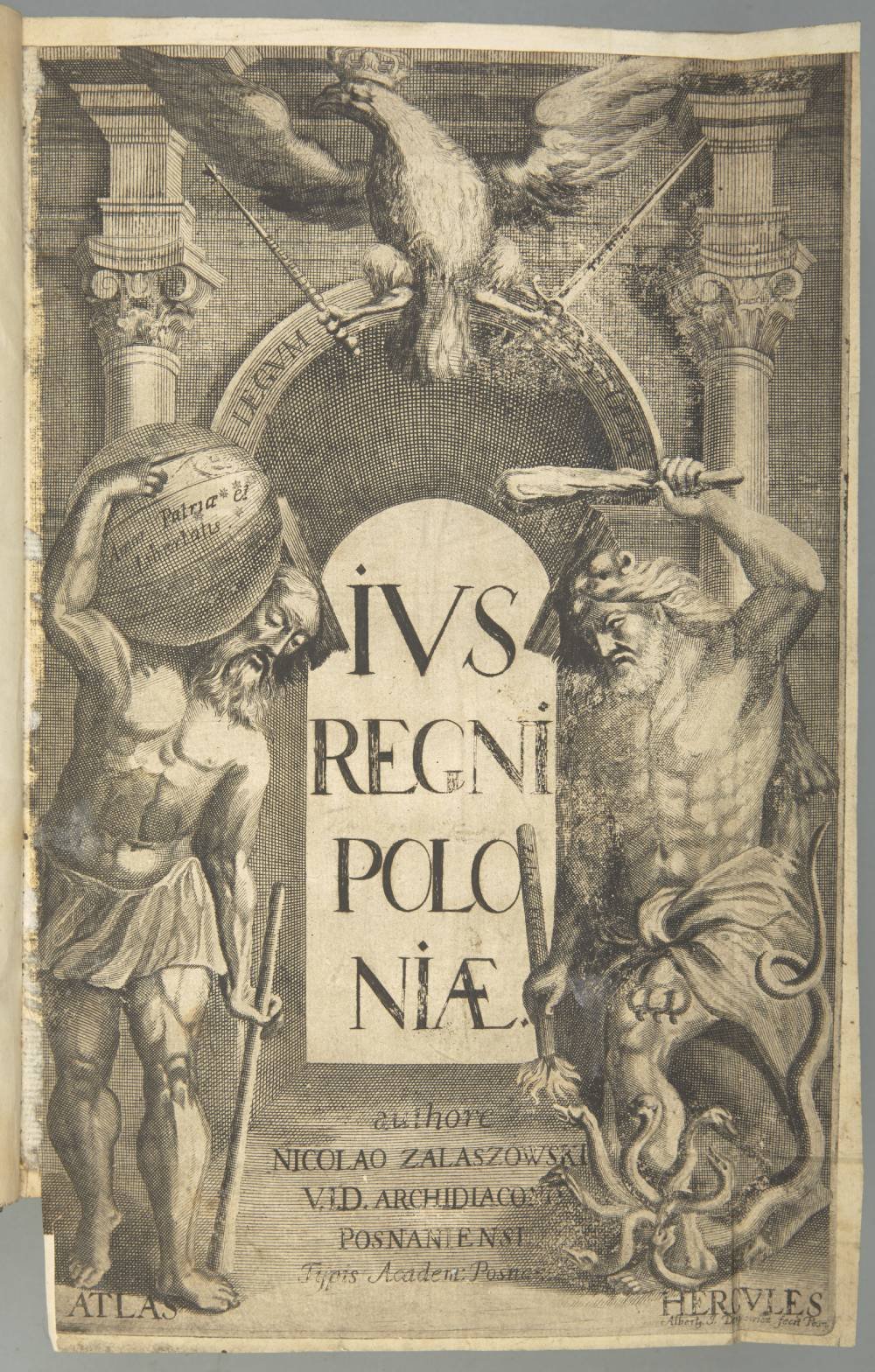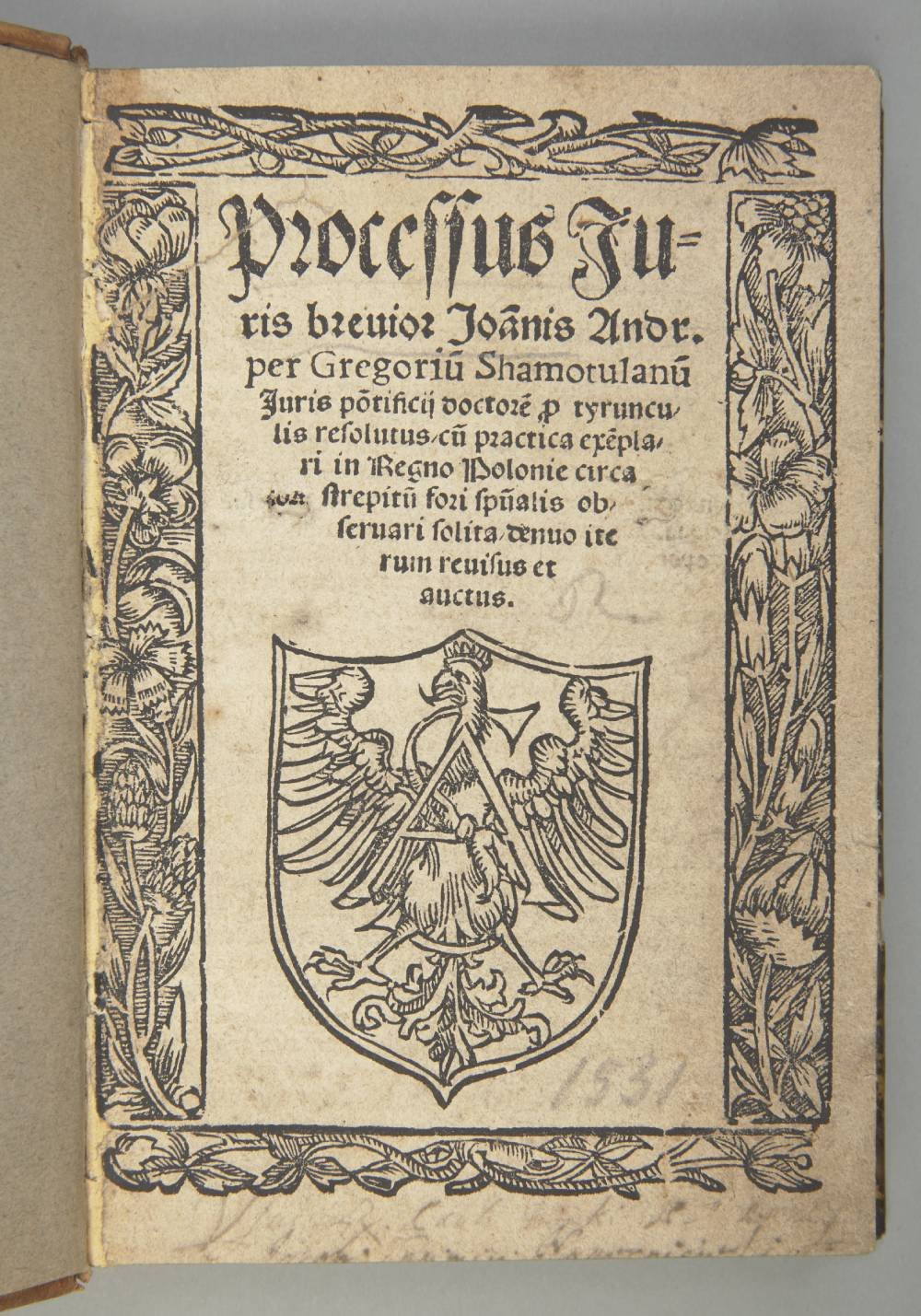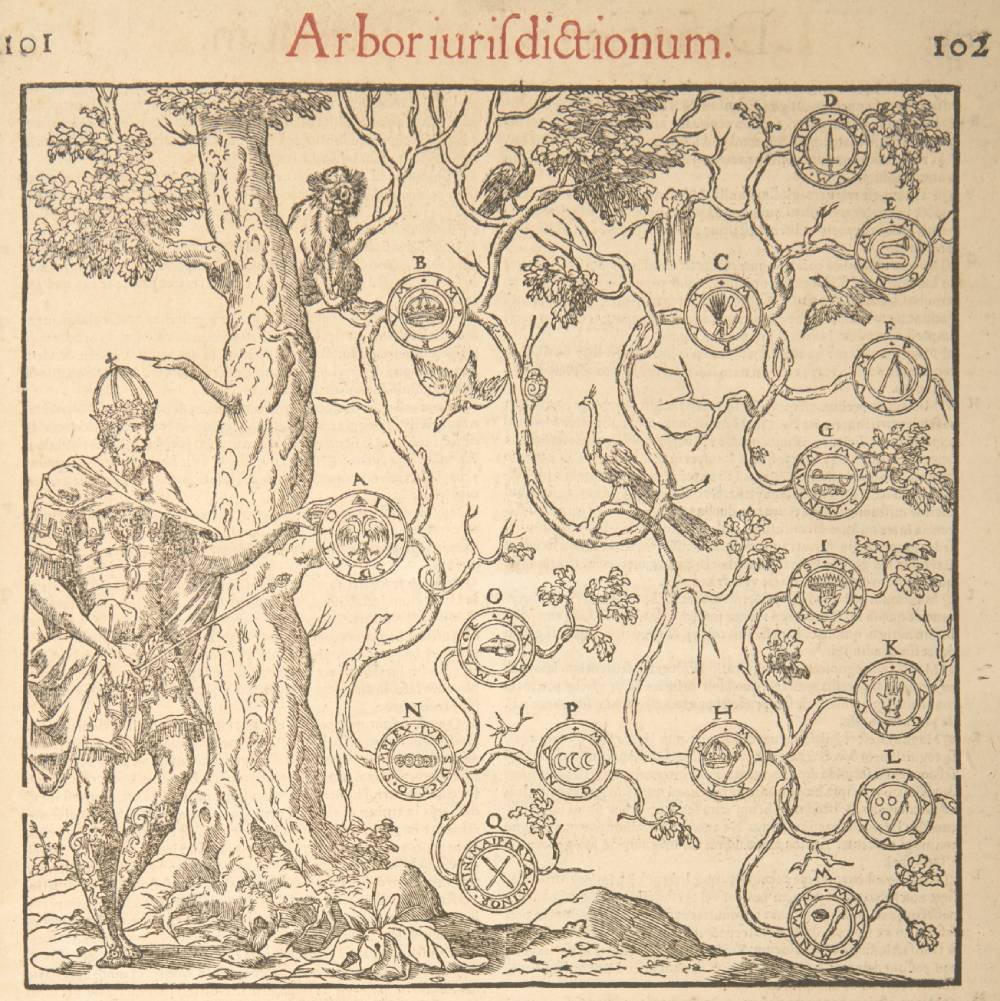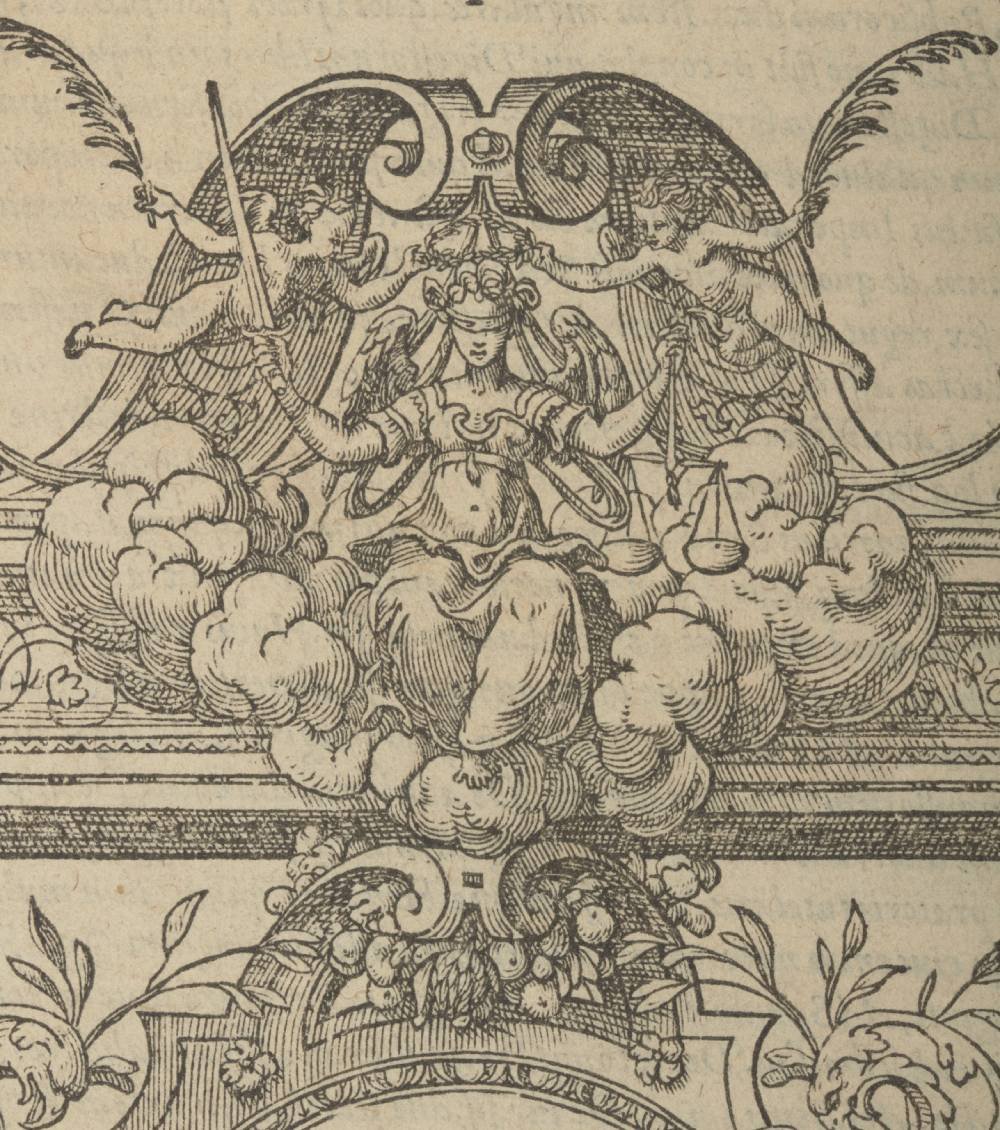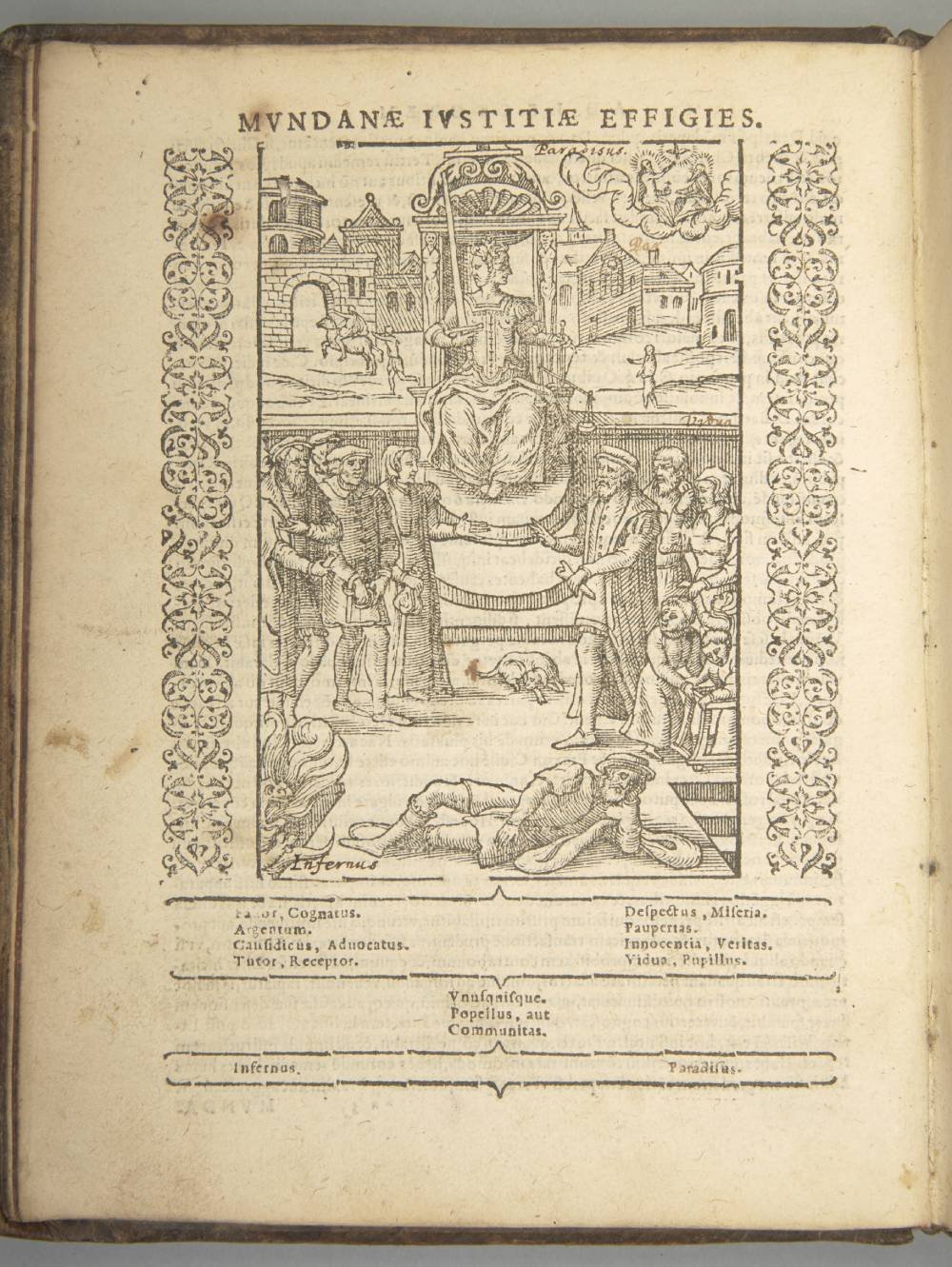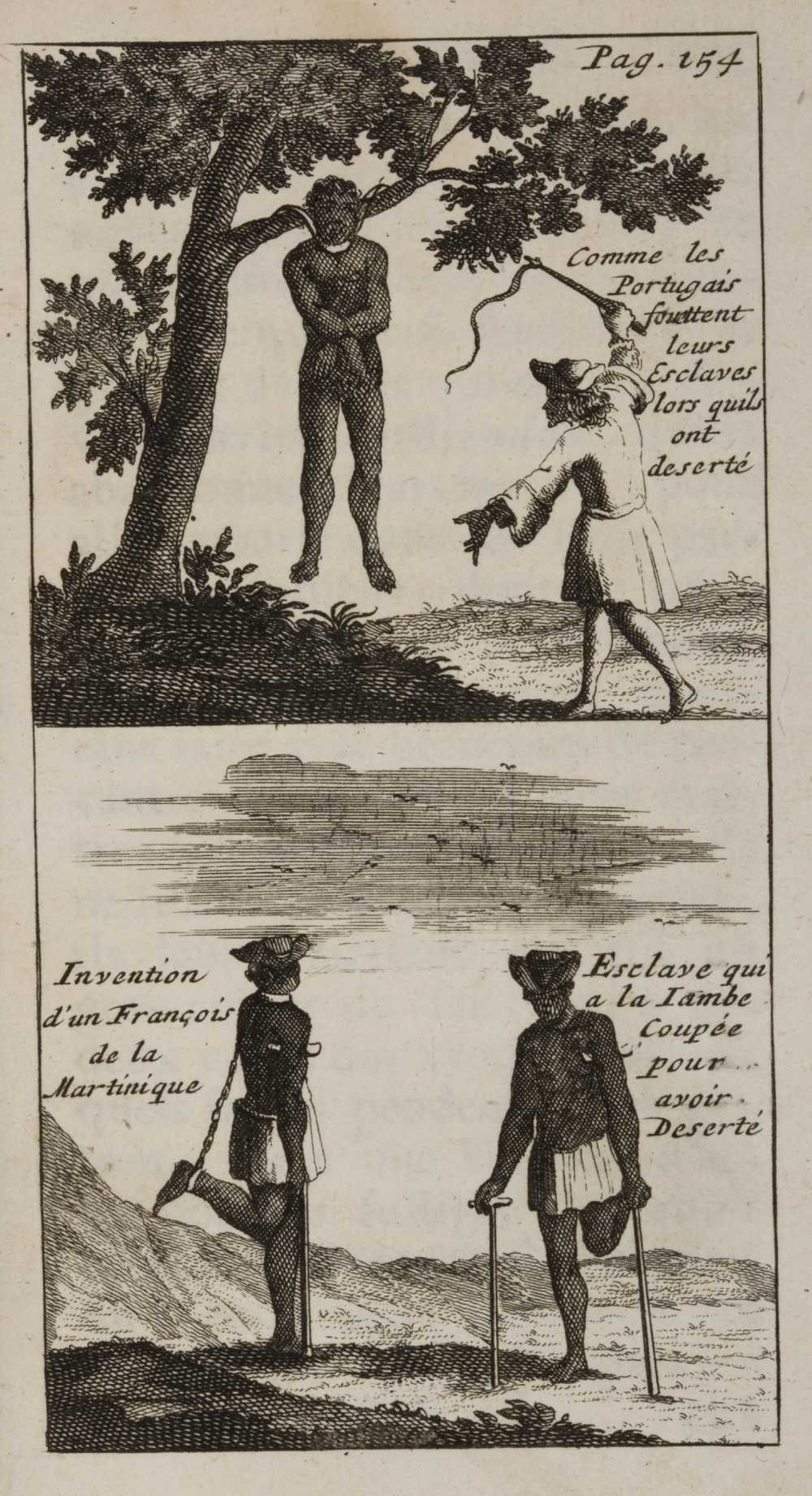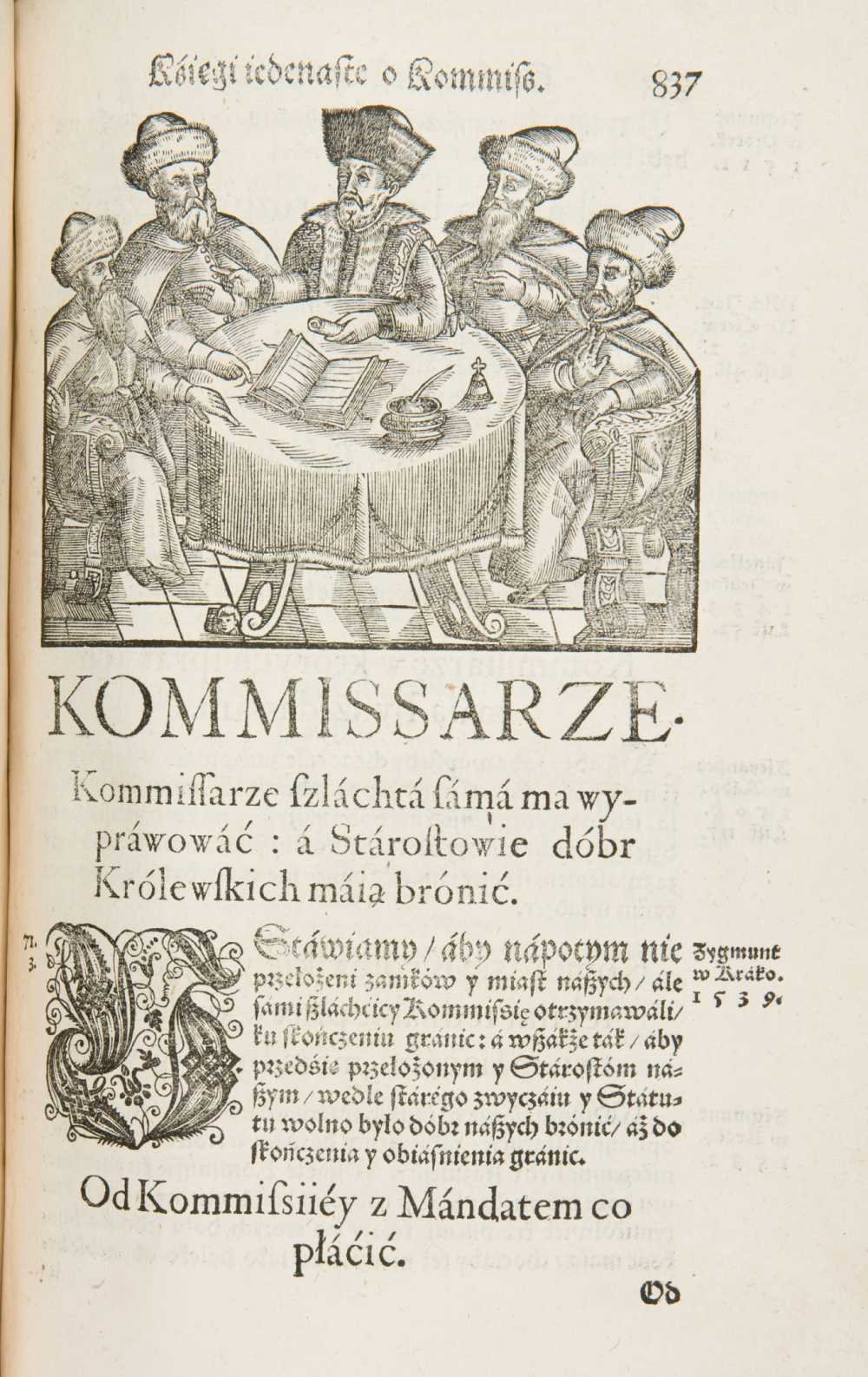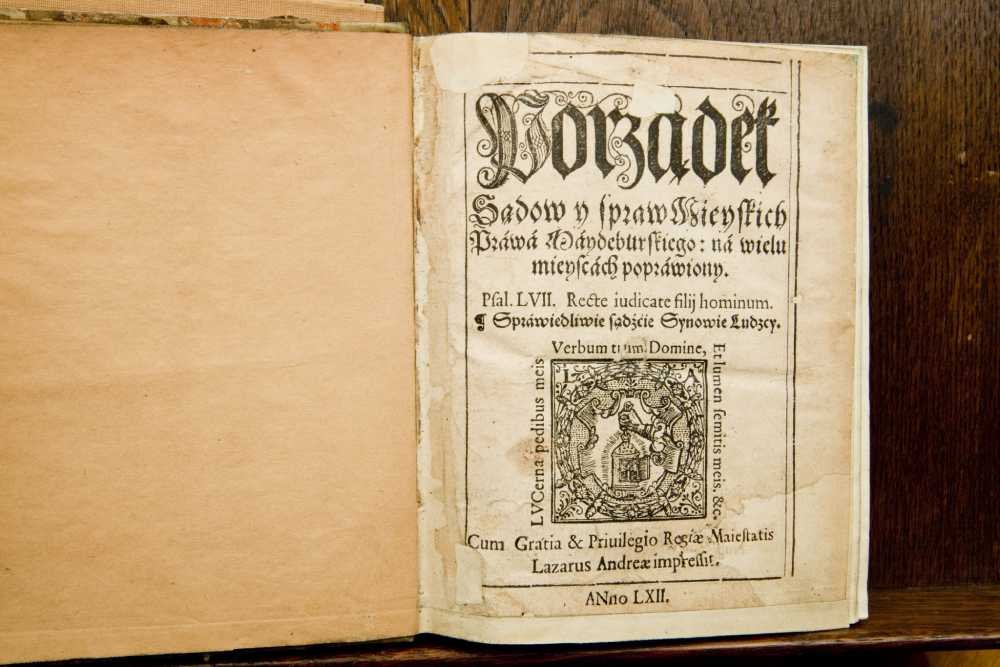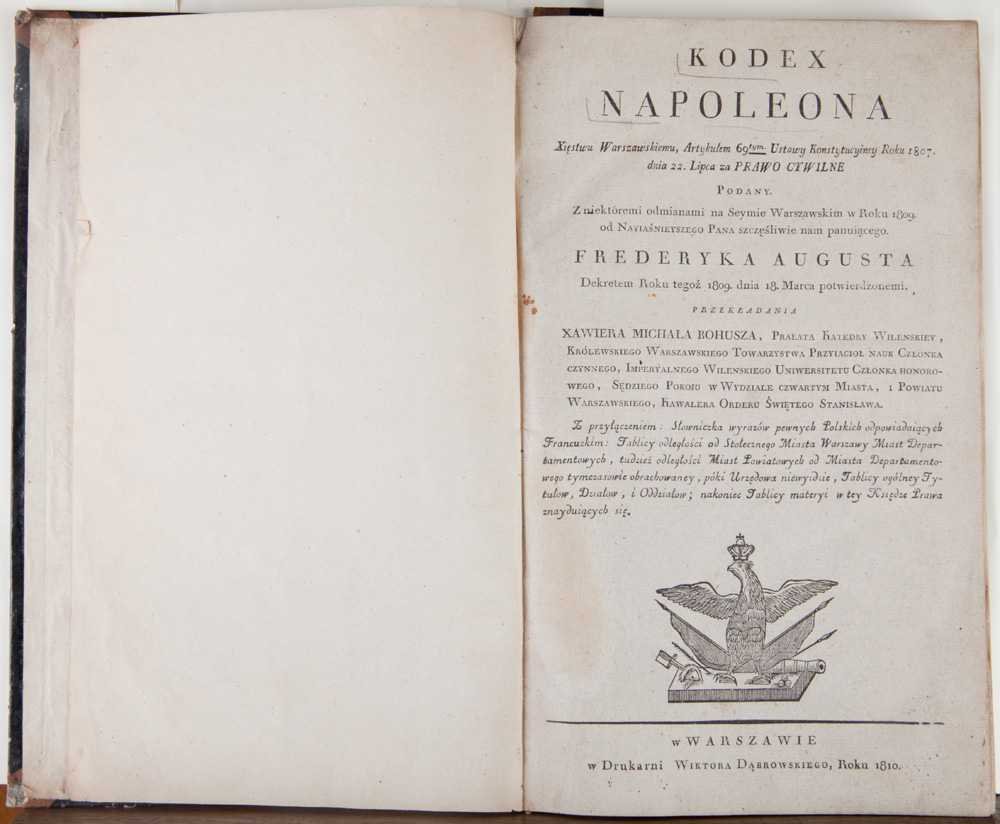Heavy hand of justice – guilt, law and punishment
05.03-28.07.2019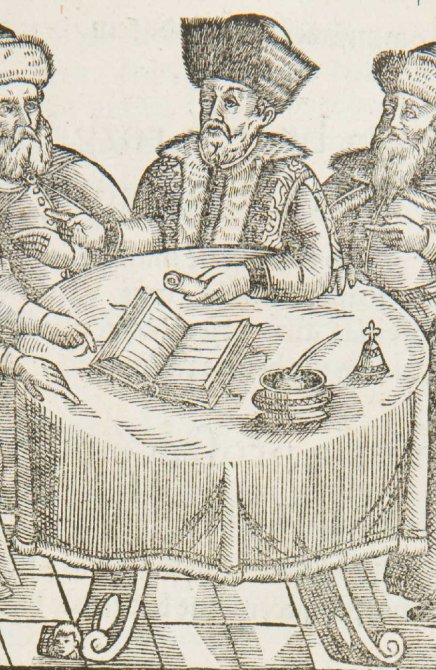
What was the Spanish coat (also Schandmantel) that a criminal had to wear walking down town roads? What punishments were used in Russia at the beginning of the 19th century? What did the hot iron trial by ordeal look like - Medieval method of determining whether one was guilty or not? What does the treatise Hammer of Witches published in Krakow in 1614 refer to?
We try to find answers to these and many more questions in the old books presented at the exhibition related to the broad topic of law, guilt, and punishment.
A person is subject to law throughout the whole life. The books gathered at the exhibition show a complicated and ambiguous nature of law and the way it was shaped and diversified throughout the centuries. They show the development of civil, criminal and church law in European countries and Poland, from the Middle Ages to the 19th century. Roman law, which significantly affected the development of European law, canon law and Polish law are represented by statutes, codes, and sets of rights.
79 books were presented, from the oldest incunables published as early as the end of the 15th century, to books from the first half of the 19th century, as well as 19 maps and atlases, showing the world and Europe from the 16th to mid-19th century. Among the collected works there are treatises, letters and legal elaborates, constitution acts and set books for students of law.
The motifs of guilt, punishment, and justice are also touched upon in travel, historical and literary works. Depictions of the Apocalypse and Last Judgement are shown on woodcuts illustrating the Amsterdam edition of Bible from 1578, whereas the depictions of hell, being the punishment for mortal sins are shown on richly illustrated Venice edition of Dante's Divine Comedy from 1544. In a guidebook of Paris from 1716, we can see Bastille, and a courtroom from Krakow City Hall is shown on a lithography from a study on city halls in Polish cities published in 1845.
The notion of justice, inseparable from a legal and punitive system is shown with personifications of Roman god Iustitia – Justice, and its allegories placed on title pages and book vignettes. Jan Kochanowski expressed his opinion on the justice of laws in his couplet. His aphorism: "Laws are as fair as a spider's web, A sparrow will fly through them, but a fly will die", was included in a collection of works from 1604, also presented at the exhibition.
The Hutten-Czapski Museum
ul. Piłsudskiego 12, 31-109 Kraków- Monday: closed
- tue : 10.00-18.00
- wednesday-sunday: 10.00-16.00
